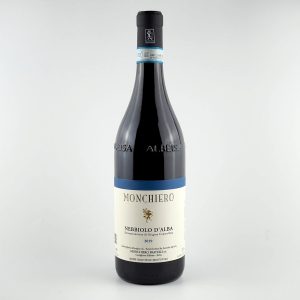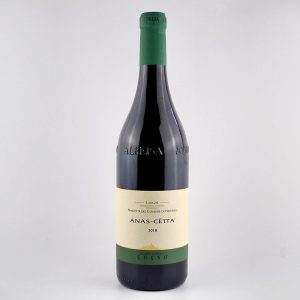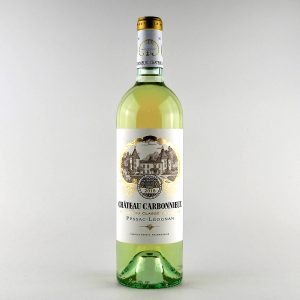Description
Bodega Cota 45 UBE El Carrascal 2017| Sanlúcar, Spain
What’s the story?
Ramiro Ibáñez Espinar is one of the true pioneers of the Jerez region, never adding too much flor in his wines, so as not to obscure select vineyard sites and grape varietals. His main wine project, Bodegas Cota revolves around crafting white wines from numerous old Palomino clones, rediscovering styles of Manzanilla that were made in the 18th and early 19th centuries. Though, Espinar was a founder member of Manifiesto 119, a group of like-minded local wine producers who wanted to experiment with the old varieties and winemaking techniques, make unfortified sherry and give more importance to the grapes and the vineyard, not to mention restoring casas de viña. They chose this name after the 119 grape varieties (40 of them in Cádiz) catalogued in Andalucía in 1807 by the first Spanish ampelographer.





Reviews
There are no reviews yet.